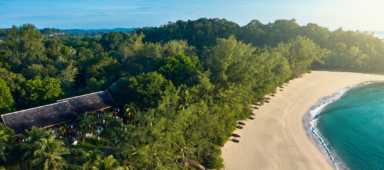At long last, the world’s largest country will host the football World Cup for the first time.
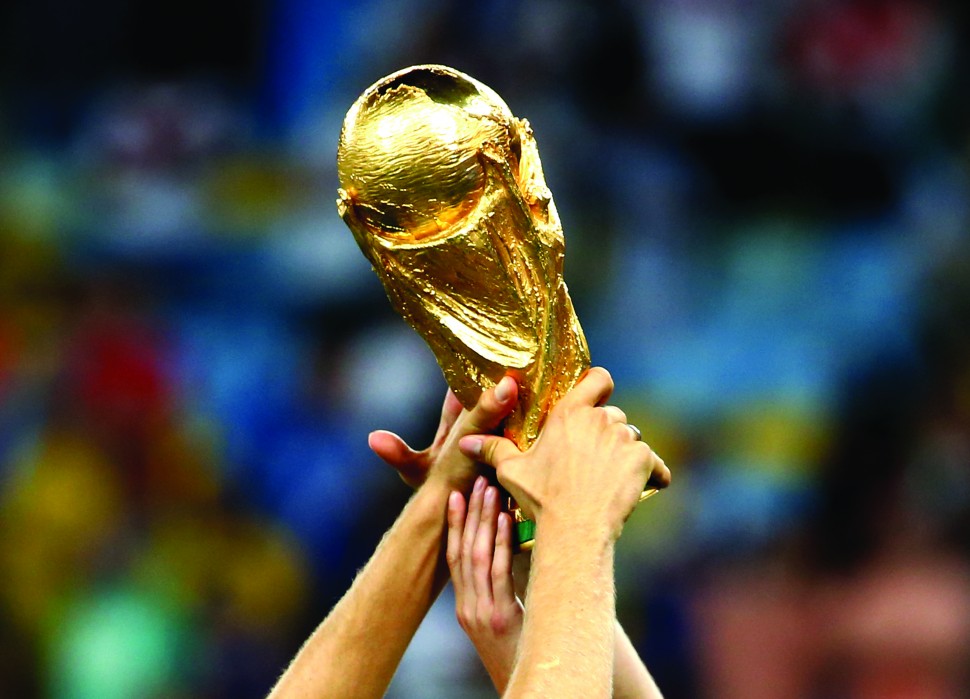
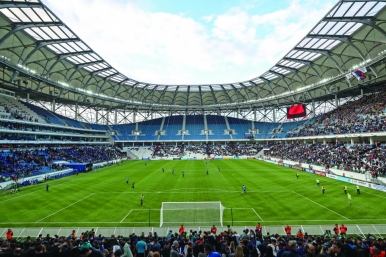
Nearly 90 years after its birth, the world’s biggest sporting event is finally about to be held in the world’s biggest country for the first time. The football World Cup attracts the most television viewers of any sports competition on the planet, and this month, it will take place in Russia, which makes up more than 10 percent of the world’s landmass.
Sports fans spread more than 6,500 kilometres apart – from the Baltic Sea to the Bering Strait – will watch on proudly as star players such as Lionel Messi and Cristiano Ronaldo descend on their country to compete for the game’s ultimate trophy.
Russia has a rich footballing heritage – the Soviet Union, often with considerable Russian representation, played in four consecutive World Cup quarter-finals up to 1970 and reached the European Championship final four times – but it has been starved of big footballing events in general. Russia (or the Soviet Union) has never hosted a European Championship and only staged a Champions League final for the first time in 2008 – the 53rd final in the competition’s history.
But significant investment in Russian football, including funding for new stadiums, has paved the way for the country to hold the World Cup. Ten of the 12 arenas to be used in this year’s competition have been built in the past 10 years.
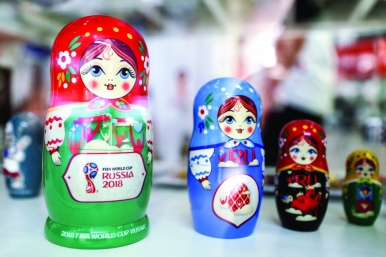
From the opening match on 14 June – Russia versus Saudi Arabia – until the final on 15 July, football fans’ attention around the globe will be focused on the first World Cup to be held in Eastern Europe.
The 12 World Cup stadiums are all in the west of the country to avoid excessive travelling times, but even then, some journeys will be long. It is 1,930 kilometres from St Petersburg in the north to Sochi in the south, and 2,500 kilometres from Kaliningrad in the west to Yekaterinburg on the Europe/Asia border.

The 64-match event will also see games in Nizhny Novgorod, Kazan, Saransk, Samara, Volgograd and Rostov-on-Don, while Moscow is the only city with two venues – the Luzhniki Stadium, where the final will be played, and the Spartak Stadium.
Many will hope that Messi is involved at the Luzhniki when the tournament reaches its climax. The Argentina forward, who is already considered by some to be the finest player ever, turns 31 during the tournament, so this is likely to be his last World Cup in his prime.
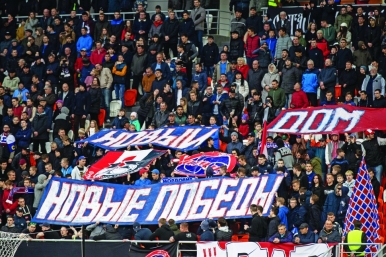
Messi will aim to emulate Diego Maradona, another diminutive, left-footed Argentine with phenomenal dribbling and passing skills: the latter cemented his reputation as an all-time great by almost single-handedly leading Argentina to a World Cup triumph in 1986. Messi was equally influential for his side in qualifying for this year’s tournament – the team struggled badly when he was absent through injury and suspension. Luckily, he was on hand to hit a dramatic hat-trick in the decisive final game away to Ecuador to give Argentina the victory that earned their place at the finals.
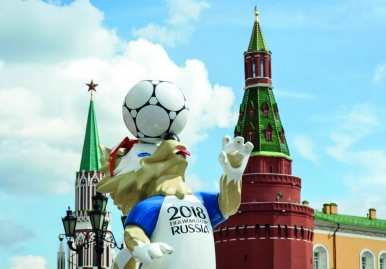
Elsewhere in South America, there were no such difficulties for Brazil, who won the region’s qualifying group by a distance. There is always expectation of World Cup success in Brazil, whose team is the record five-time winner, although memories remain fresh of their historic and humiliating 7-1 defeat to Germany in the semi-finals on home soil four years ago.
Germany subsequently beat Argentina in the final, and their astonishing record in the competition suggests they will be contenders again this time. At the past 16 World Cups (in the first 10 of which they appeared as West Germany), they have reached the last eight every single time.
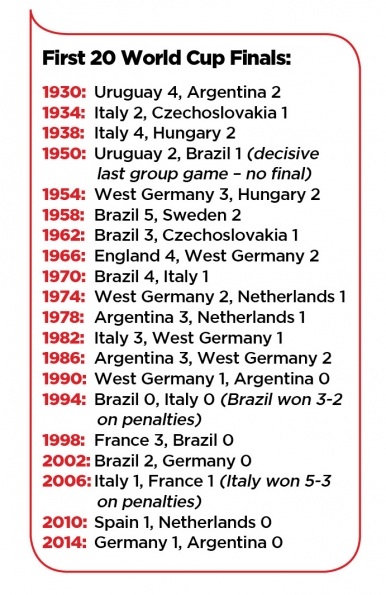
The most attractive group match pits a formidable Spain against Portugal, their Iberian neighbours. The pair have won the past three European Championships between them. Significant challenges may also come from Belgium, whose golden generation of players such as Kevin De Bruyne and Eden Hazard are at their peak, and from France, who possess a wealth of young talent. However, England’s 52-year search for any major trophy to add to their 1966 World Cup triumph looks likely to continue.
Russia, despite the Soviet Union’s strong showings, have made little impact at the World Cup since the Soviet break-up but a weak group that also features Uruguay, Egypt and Saudi Arabia gives them a chance of progressing. The presence of Tunisia and Morocco, alongside Egypt and the Saudis, makes this the first World Cup with four Arab nations, while there are also three Nordic countries – Iceland, Sweden and Denmark – for the first time.
Iceland, making their first World Cup appearance along with Panama, are the smallest ever nation to qualify for the competition. Their population of just 340,000 is almost 600 times smaller than that of Nigeria, their group rivals.
Some will lament the absence of traditional giants Italy and Holland, but the likes of Iceland, Panama and Peru – returning after a 36-year absence – will enrich the event. Let the festival begin.
View fixtures here



